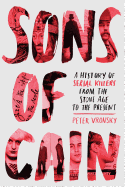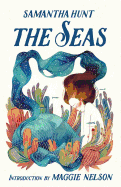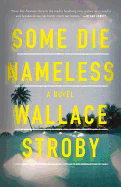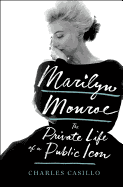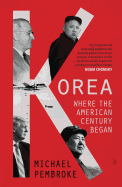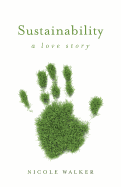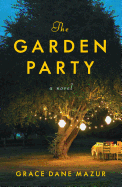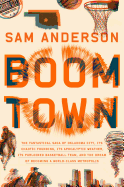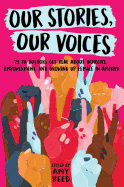Tuesday, August 21, 2018
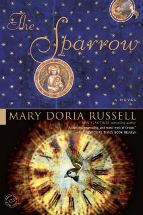 In Mary Doria Russell's debut novel, The Sparrow, when humankind hears distant noises from outer space, the Jesuit order sends a secret mission to a world known as Rakhat to make contact with aliens. The story is not a happy one, but it is a fascinating imagination of what could happen if (when?) humans encounter alien life for the first time.
In Mary Doria Russell's debut novel, The Sparrow, when humankind hears distant noises from outer space, the Jesuit order sends a secret mission to a world known as Rakhat to make contact with aliens. The story is not a happy one, but it is a fascinating imagination of what could happen if (when?) humans encounter alien life for the first time.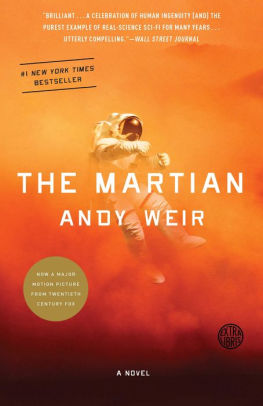 Andy Weir was similarly taken with the concept of space travel, though his debut, The Martian, took a more literal approach. Weir stated in interviews that he intended his novel to be as scientifically accurate as possible; though much of the technology used by protagonist Mark Watney in his stranded-on-Mars mission is prohibitively expensive, we're told it could theoretically exist.
Andy Weir was similarly taken with the concept of space travel, though his debut, The Martian, took a more literal approach. Weir stated in interviews that he intended his novel to be as scientifically accurate as possible; though much of the technology used by protagonist Mark Watney in his stranded-on-Mars mission is prohibitively expensive, we're told it could theoretically exist.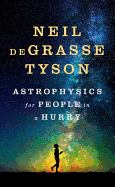 Nonfiction writers promise even more science, astronomy and math: Margot Lee Shetterly's Hidden Figures reveals the oft-overlooked history of a team of African American women who were mathematicians at NASA in the 1960s and whose calculations were key to the space program. Mary Roach's Packing for Mars: The Curious Science of Life in the Void explores the very strange, very necessary science behind keeping astronauts alive in environments not designed to do so. Astrophysics for People in a Hurry by Neil deGrasse Tyson promises an (hyper-condensed) answer to questions about the universe.
Nonfiction writers promise even more science, astronomy and math: Margot Lee Shetterly's Hidden Figures reveals the oft-overlooked history of a team of African American women who were mathematicians at NASA in the 1960s and whose calculations were key to the space program. Mary Roach's Packing for Mars: The Curious Science of Life in the Void explores the very strange, very necessary science behind keeping astronauts alive in environments not designed to do so. Astrophysics for People in a Hurry by Neil deGrasse Tyson promises an (hyper-condensed) answer to questions about the universe.Suicide Club: A Novel About Living
by Rachel Heng
Discover: In a near future when life expectancy is extended and optimized, a woman must consider the cost of immortality.
The Seas
by Samantha Hunt
Discover: Samantha Hunt flips both language and reality on their heads in this slim novel about a young woman troubled by love, death and the sea.
Mystery & Thriller
Some Die Nameless
by Wallace Stroby
Discover: A former mercenary and a jaded reporter team up to uncover the truth about a string of violent crimes connected to a complex, corrupt business empire.
Science Fiction & Fantasy
Vox
by Christina Dalcher
Discover: In a chilling dystopia set in the foreseeable future, all American women and girls are restricted to speaking just 100 words each day.
Biography & Memoir
Marilyn Monroe: The Private Life of a Public Icon
by Charles Casillo
Discover: Castillo's sympathetic and psychologically nuanced Marilyn Monroe bio is compulsively readable and well researched.
History
Korea: Where the American Century Began
by Michael Pembroke
Discover: Historian Michael Pembroke's Korea: Where the American Century Began is an essential, relevant look at a mostly forgotten war.
Social Science
Sons of Cain: A History of Serial Killers from the Stone Age to the Present
by Peter Vronsky
Discover: A serial killer expert traces the most egregious murderers back to our earliest ancestors.
Essays & Criticism
Sustainability: A Love Story
by Nicole Walker
Discover: Environmental issues are broken down in human terms in this moving collection of essays.
The Garden Party
by Grace Dane Mazur
Discover: A midsummer rehearsal dinner brings together two families in a charming Massachusetts garden, and each guest harbors a story.
Sports
Boom Town: The Fantastical Saga of Oklahoma City, Its Chaotic Founding... Its Purloined Basketball Team, and the Dream of Becoming a World-class Metropolis
by Sam Anderson
Discover: New York journalist Anderson goes to Oklahoma City to cover the NBA's Thunder and comes away with a much bigger and funnier story of a city always "on the make."
Children's & Young Adult
The Sinking of the Vasa: A Shipwreck of Titanic Proportions
by Russell Freedman, illus. by William Low
Discover: A brief history of one of Sweden's most popular tourist attractions--a 17th-century warship--recounted reverently by a Newbery Award-winning writer.
Our Stories, Our Voices: 21 YA Authors Get Real About Injustice, Empowerment, and Growing Up Female in America
by Amy Reed, editor
Discover: Twenty-one women, largely young adult novelists, use the election of Donald Trump as a springboard for writing essays about the experience of being marginalized.
| Advertisement Meet belle bear! |



